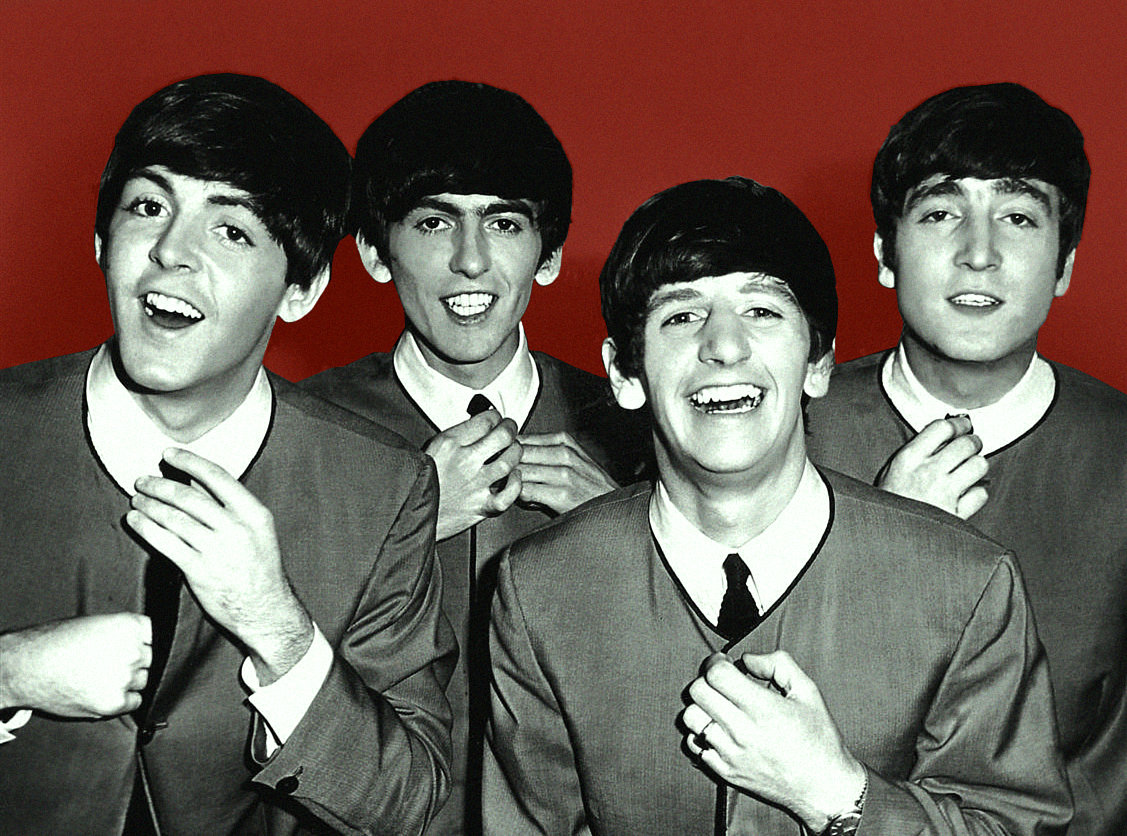
Most four letter words cannot be used in business. ‘Team’, however, is the four letter word du jour, as top companies realise the power of high-performance teams to skyrocket business performance and profits.
So why are teams such a hot topic now? It turns out it’s been in the works for some time. A study published in February’s Harvard Business Review revealed that “the time spent by managers and employees in collaborative activities has ballooned by 50% or more” over the last two decades.
It’s a power that’s being harnessed in high-performance communities like Silicon Valley, where software engineers are encouraged to work together, in part because groups tend to innovate faster, but also because teams tend to see mistakes more quickly and find better solutions for problems.
It also makes strong financial sense. In a white paper by Merrill Lynch it was discovered that the ROI of a high-performance team is anywhere from 10 to 100 times that of lower-performing teams. Having a high-performance team is what makes your business fly; and having a mediocre team impacts your business results too, negatively.
The truth is that in today’s highly connected world, if a company wants to outstrip its competitors it needs to influence not only how people work, but even more crucially, how they work together.
Recognising the huge power of teams, Google has become obsessed with how to build the perfect team. Five years ago they founded Project Aristotle and have spent millions of dollars trying to analyse and understand what makes the perfect team. They began by studying half a century of academic research looking at how teams worked. They then studied and tracked the members of hundreds of Google teams to try to determine why some teams floundered and others flew.
The Google top executives long believed that building the best team meant combining the best people. The Project Aristotle researchers collected and analysed enormous amounts of data and found, surprisingly, that there was no proof that a mix of specific personality types, or skills, or backgrounds make any difference to team performance. The “who” part of the equation didn’t seem to matter!
However, what did emerge was that the successful teams all exhibited two clear behaviours.
The first behaviour of high-performing teams was that members spoke in approximately the same proportion. There was ‘conversational turn taking’. It wasn’t necessary for people to have equal talk time in every meeting or situation. It was important that by the end of the day everyone had spoken roughly the same amount.
In a white paper by Merrill Lynch it was discovered that the ROI of a high-performance team is anywhere from 10 to 100 times that of lower-performing teams. Having a high-performance team is what makes your business fly; and having a mediocre team impacts your business results too, negatively.
‘‘As long as everyone got a chance to talk, the team did well,’’ Woolley said. ‘‘But if only one person or a small group spoke all the time, the collective intelligence declined.’’
Secondly, the successful teams all had high ‘average social sensitivity’. This is the jargon meaning they were skilled at intuiting how others felt, based on their tone of voice, their expressions and other nonverbal cues. They noticed, and demonstrated, a sensitivity to the feelings and needs of others. I’ve witnessed first-hand the significant results that ‘conversational turn taking’ and high ‘average social sensitivity’ bring to a team and to a business. Communication is the glue that holds a team together and keeps them focused in the same direction.
Interestingly, not only do these two behaviours impact team and business performance, they also impact positively on an individual’s confidence and sense of value. As a consequence people become highly engaged – they feel more motivated, are more productive and are more satisfied in their work. A win for the individual, a win for the team and a win for the business.
Conceptually, communication and social sensitivity are not difficult. It’s the practice, and very consistent practice, that makes them challenging. For example, we tend to be good at ‘conversation turn taking’ and not interrupting when we value the person’s expertise and they get straight to the point. However, when they begin with a lengthy introduction, or when we are less certain of their expertise…then we find it much more difficult to listen fully and not to interrupt.
Your ability to communicate well – to articulate your views with clarity and warmth; to ask open, ‘unloaded’ questions; to truly listen, to be fully present without being distracted by the phone, or email or the person walking past; to listen without interrupting; and to listen to the words, the tone and the body language is paramount to your success and to the success of your team.
And it’s about what you do, not about what you know.
Before you can build a strong team you must first ‘walk the talk’ and be an excellent team member. Watch and listen to yourself today – which of these do you do ….. all day?
- Ask open questions and listen to learn rather than to judge
- Genuinely listen to the person who irritates you or who you don’t rate highly
- Be fully present when you listen
- Listen to the whole message – the words, the tone and the body language
- And remember that your body language is ‘talking’ too!
Diana Tapp is CEO of World Class Teams. To order a copy of her book Unleash Your Team’s Potential, or to book her to speak at your next conference, visit www.worldclassteams.com.au




